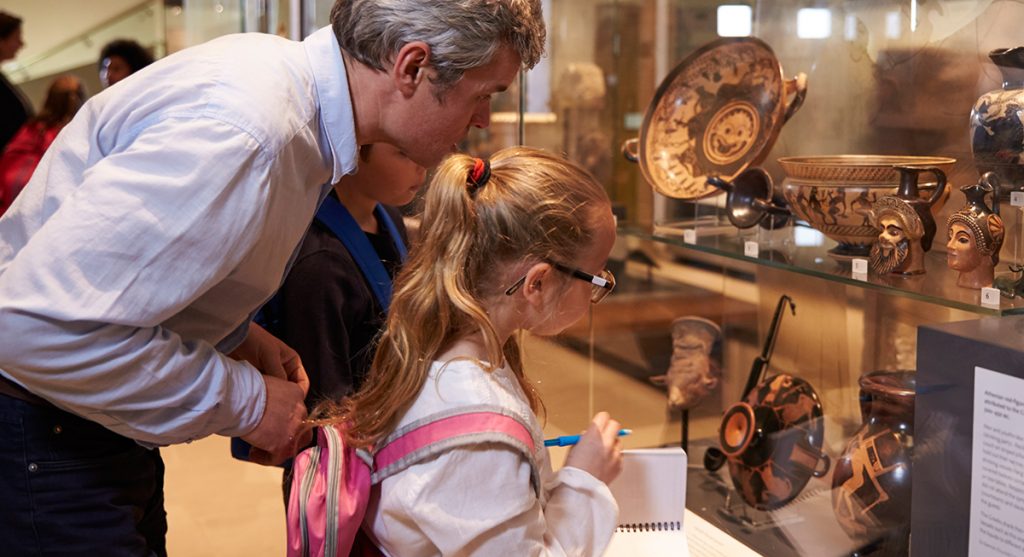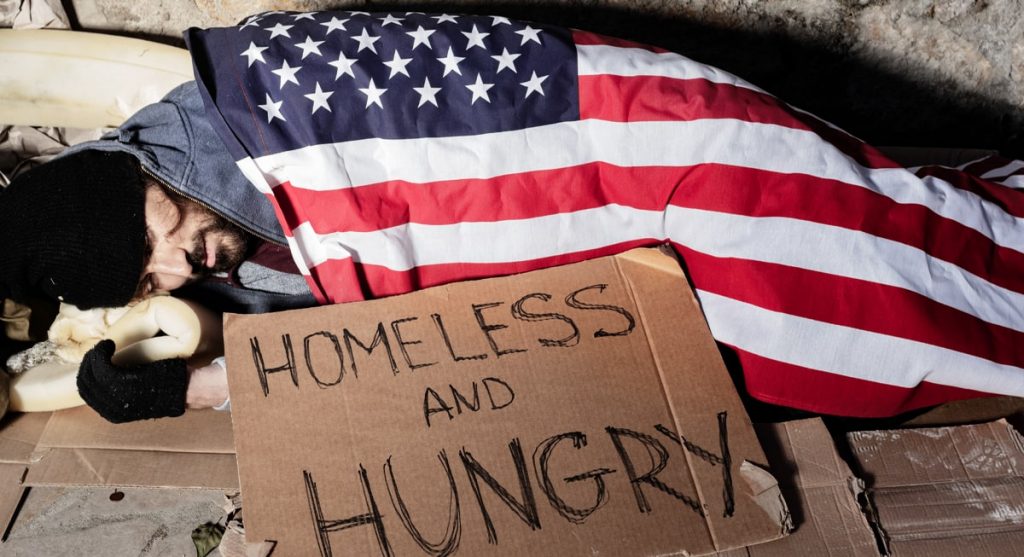Lost luggage is the bane of travelers and a treasure trove for lost and found departments. While most misplaced bags contain the usual suspects (clothes, toiletries, forgotten chargers), some unlucky (or perhaps lucky?) baggage handlers stumble upon truly jaw-dropping items. Here are 15 of the most expensive finds that have emerged from the abyss of lost luggage:
14-karat Gold Diamond Ring ($37,050)
In 2023 (specific location unreported), a lost and found unearthed a sparkling treasure – a 14-karat gold diamond ring valued at a staggering $37,050. The lucky (and probably relieved) owner eventually claimed the ring.
Hermès Birkin 25 Bag – Rose Azalea Swift Tote ($23,500 and Up)
These coveted handbags are a status symbol for many, and losing one would be heartbreaking. At an undisclosed airport in 2019 (exact date unavailable), a jetsetter misplaced a Hermès Birkin 25 Bag crafted from Rose Azalea Swift leather. Depending on the exact condition and year of manufacture, these bags can fetch upwards of $23,500 on the resale market.
FLIR 1530 Professional Thermal Camera ($12,119)
This high-tech gadget is a valuable tool for professionals in various fields. In 2019, a report detailed the discovery of a misplaced FLIR 1530 professional thermal camera (valued at around $12,119) at Orlando International Airport. Thankfully, lost and found might have saved the day by reuniting the forgetful owner with their expensive equipment.
Louis Vuitton x Nike Air Force 1 Mid ($12,000+)
The world of designer sneakers can be surprisingly lucrative. A pair of limited-edition Louis Vuitton x Nike Air Force 1 Mid sneakers were found abandoned at Los Angeles International Airport in 2017. These kicks can fetch a hefty sum on the resale market, sometimes exceeding $12,000. The owner’s identity remains unknown, but hopefully, a trip to lost and found provided a happy ending.
Men’s Kiton Sport Coat ($10,000)
Luxury clothing can be an investment, and losing a designer piece can be a major financial blow. In 2018, a Miami-Dade Aviation Department spokesperson shared the story of a misplaced Kiton sport coat (valued at around $10,000) recovered at Miami International Airport. These handcrafted Italian garments are renowned for their quality and exclusivity. The owner’s information wasn’t disclosed.
Signed Mickey Mantle Baseball ($10,000+)
For sports memorabilia collectors, a signed item from a legend like Mickey Mantle can be priceless. A signed Mickey Mantle baseball, potentially worth over $10,000, was found at Chicago’s O’Hare International Airport in 2015. The ball’s origin and eventual fate remain a mystery.
Rare Uncut Diamonds (Varies Depending on Carat Weight and Quality)
Diamonds are a girl’s (or guy’s) best friend, but losing a fortune in uncut stones would be devastating. While the exact value and location of discovery are unknown, stories like the one from London’s Heathrow Airport in 2010 serve as a reminder of the potential treasures that can end up in lost and found. In that case, a bag containing uncut diamonds was discovered, though details about the stones and their owner remain undisclosed.
Original Artwork (Varies Depending on Artist and Piece)
A suitcase containing an original artwork by a renowned artist could be a museum-worthy discovery. The value would depend entirely on the artist and the specific piece, but it could easily reach into the millions. Unfortunately, lost and found stories involving original artwork are rare, likely due to the measures collectors take to secure such valuable pieces.
Set of Vintage Rolex Watches (Varies Depending on Model and Year)
Rolex watches are timeless luxury items, and their value can rise significantly over the years. A collection of vintage Rolex watches, depending on the specific models and year of manufacture, could be worth a significant sum. Losing such a set would be a major setback for a watch enthusiast or collector, but lost and found stories involving such valuables are uncommon due to the precautions taken by owners.
High-End Camera Equipment (Varies Depending on Brand and Lens)
Professional photographers rely on top-of-the-line equipment, including a professional camera body and various lenses from brands like Canon or Nikon. A complete set can easily cost tens of thousands of dollars. In 2018, a report surfaced about a lost and found at Singapore Changi Airport that recovered a high-end camera kit valued at over $20,000. The frantic photographer’s identity remained undisclosed, but one can only imagine the relief of being reunited with their essential tools.
Stack of Cash (Varies Depending on Amount)
Large sums of cash are discouraged for travel due to security risks, but some people choose to carry it anyway. In 2017, a hefty stack of cash (amount unreported but estimated to be in the tens of thousands) was discovered at London’s Heathrow Airport. The rightful owner eventually claimed the forgotten fortune, hopefully learning a valuable lesson about alternative travel funds.
Rare Collectible Comic Books (Varies Depending on Issue and Condition)
For comic book enthusiasts, certain issues can be holy grails. A forgotten suitcase containing a collection of rare and valuable comic books, including a potential first edition of a highly sought-after series, was found at San Diego International Airport in 2016. The comics’ combined worth could have reached five figures, making it a lucky discovery for the lost and found department and an even luckier reunion for the owner.
Set of High-End Golf Clubs (Varies Depending on Brand and Material)
For avid golfers, a custom-fitted set of clubs can be an investment. A set of top-of-the-line golf clubs from a brand like TaylorMade or Callaway, crafted with premium materials, can easily cost upwards of $10,000. Imagine the dismay of a golfer who misplaced such a set! In 2020, a lost and found at Tokyo’s Haneda Airport reported recovering a set of expensive golf clubs, hopefully reuniting them with their rightful owner on the course.
Historic Artifact (Varies Depending on Origin and Rarity)
Lost luggage stories occasionally take a turn toward historical intrigue. In 2015, a passenger at Berlin Brandenburg Airport unknowingly packed a small, antique artifact – a potentially Roman-era coin. Lost and found personnel, upon discovering the historical item, contacted authorities. The coin’s value was undetermined, but its historical significance held weight. This story highlights the importance of careful luggage checks and the potential for unexpected discoveries.
Electronics Prototype (Varies Depending on Technology and Functionality)
The world of technology moves fast, and prototypes for new devices can be incredibly valuable. Security checks at Shanghai Pudong International Airport in 2019 flagged a suspicious package within a lost suitcase. Upon inspection, it turned out to be a prototype for a new mobile device from a major tech company. The potential value of this lost item could have been in the millions, making it a high-stakes recovery for airport security and a potential sigh of relief for the forgetful tech developer.



